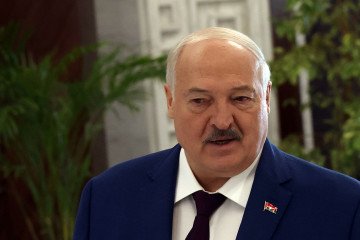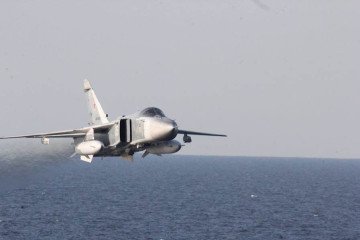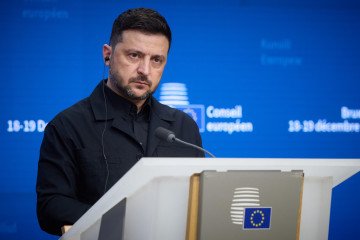- Category
- Latest news
NATO Cautiously Considering Sending Military Trainers to Ukraine Amid Personnel Shortage
NATO countries are discussing the possibility of sending military instructors to train Ukrainian troops and assist with equipment repairs.
Due to personnel shortage and recent Russian advances, Ukrainian officials have requested NATO train 150,000 new recruits closer to the frontlines for quicker deployment.
The US has so far rejected this request, fearing it would endanger NATO trainers. General Brown, Chairman of the Joint Chiefs of Staff, acknowledges that training inside Ukraine might be inevitable. “We’ll get there eventually, over time,” Brown said.
However, he raises concerns about protecting trainers and diverting air defenses from critical infrastructure.
As a NATO member, the US would be obligated to defend any attack on these trainers, potentially escalating the war. The White House remains firm on not sending American troops, including trainers, into Ukraine. They’ve also urged other NATO allies to do the same.
The discussion of sending NATO troops to Ukrainian territory was initiated by French President Emmanuel Macron, who admitted that he had proposed Western countries send their troops to Ukraine.
While the US has provided training in neighboring countries, such as Poland and Germany, pulling troops out of Ukraine is considered time-consuming. American officials now recognize the need for faster and more comprehensive training to prepare Ukraine for a potential Russian offensive this summer.
Previously, a NATO training program existed at Yavoriv, in the Western part of Ukraine, but US troops withdrew at the war’s outset.
Military leaders recognize that training Ukrainian troops within Ukraine would provide American trainers with faster access to frontline innovations, potentially informing adjustments to their training methods.
NATO tasked General Christopher G. Cavoli, the Supreme Allied Commander for Europe, to develop methods for increased, low-risk assistance to Ukraine. Training Ukrainian troops in Lviv, near the western border with Poland, emerged as a potential solution.
While some advocate sending large numbers of new recruits to established training ranges in Germany and Poland, logistical challenges exist. This approach requires transporting troops to the US training grounds in Grafenwoehr, Germany, for combined arms warfare training, followed by a nearly 1,000-mile journey through Lviv and Kyiv before reaching the front lines.
NATO allies like Britain, Germany, and France are considering a new strategy by stationing defense contractors directly in Ukraine. This “fix it forward” approach would put them closer to the battlefields, allowing them to repair and maintain weapons systems more quickly and efficiently.
The White House is reconsidering its policy of barring US defense contractors from Ukraine. While a few have already been permitted to service specific weapon systems, like Patriot missiles, with State Department approval, a broader presence is now under review.
“Remember, when Russia first invaded Crimea in 2014, we sent increased troop numbers into Ukraine,” according to Evelyn Farkas, the former top Pentagon official for Ukraine during the Obama administration. “It shouldn’t surprise anyone now, when manpower is in short supply at the Ukrainian front, that NATO members and the alliance leadership consider how to help again from the rear.”



-72b63a4e0c8c475ad81fe3eed3f63729.jpeg)

-111f0e5095e02c02446ffed57bfb0ab1.jpeg)
